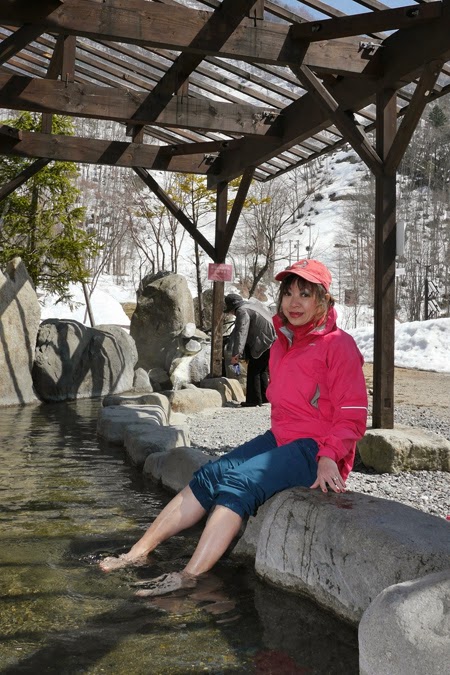They say that Takayama is famous for its sense of history, being timber-rich and known for its gastronomic specialty of Hida beef. We found it both to be true by wandering through its old town streets (thus called Little Kyoto) lined with quaint soot-blackened cedar wood shops, and restaurants selling delicious Hida beef in all its various presentations. Over 5 days and 5 nights, we tried grilled, hot-pot and dumpling styles, all heavenly in taste.

It was also easy to take daytrips by local bus to iconic places like the Shirakawa-go farmhouse region (UNESCO world heritage site). In the Ogimachi Village we entered historic Wada House which has been the residence of the Wada family for 300 years. These village houses are constructed in the architectural style known as Gasshō-zukuri, characterized by a thatched and steeply slanting roof resembling two hands joined in prayer, to withstand the heavy snowfalls in winter.
Another day was spent on the snowfields of Mt Hotaka. This entailed a 2-hour bus ride from Takayama Station to the base of the Shinhotaka Ropeway, Japan's only double-storey cable-car. We had enormous fun trekking through thick fresh snow under a startlingly blue sky.
 This year, tourists and locals alike were relieved to observe that the sakura blooming season was right on schedule, unlike 2013 when it started a fortnight too early (and blooms usually last only 10 days!).
This year, tourists and locals alike were relieved to observe that the sakura blooming season was right on schedule, unlike 2013 when it started a fortnight too early (and blooms usually last only 10 days!).












